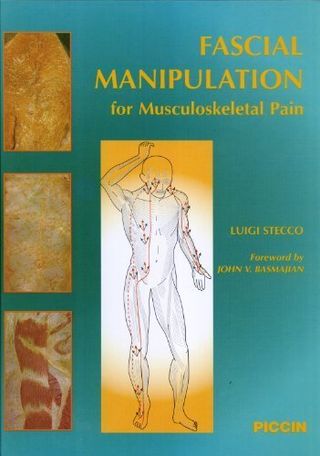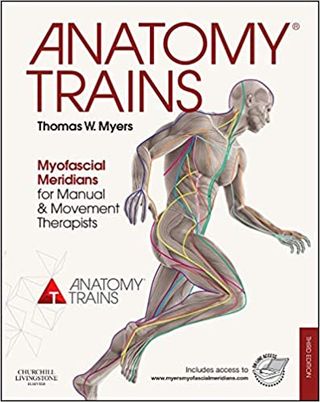Scientific Evidence - Resources
Soft tissue theory medical theory started with orthopedist James Cyriax, MD after WWII. While he had successful therapy outcomes, he could never validate "collagen cross-fiber releasing" via friction induced hydrogen bond cleavage. Despite difficulty with the mechanism of chronic myofascial pain his passion for palpation and soft tissue therapy inspired many future manual therapists.
Two other giants in early soft tissue theory were Janet Travell, MD of Trigger Point fame, and Ida Rolf. Ida influenced a small but scientifically active following that culminated in the recent "Anatomy Trains" work of Thomas Myers.
From an anatomical/histological perspective, Drs Luigi and Carla Stecco have demonstrated evidence for a new theory of musculoskeletal pain that would please Cyriax. Essentially, phase change (gel vsl sol) in the ground substance between layers of connective tissue affects movement of anatomical structures. Where free movement is restricted, pain, inflammation, and degeneration result.
Described below are the essential texts for modern theory of myofascial pain. Searching these authors in PubMed will also reveal hundreds of articles.
Fascial Theory- Luigi Stecco, MD
I had the pleasure of completing parts I and II Fascial Manipulation practitioner training in 2014. This approach tremendously improved my outcomes for two reasons. First, the hands on therapy stroke is not like typical "massage." Rather, without oil the skin is contacted and reciprocated one point at time. A rhythmic motion is begun, and the practitioner continues until the proverbial "release." Then, other points in the Kinetic Chain are palpated and released.
The result is increased gross range of motion, but also regional inter-plane "sliding" movement withing the three dimensional anatomy itself. Improving function at this level nearly always reduces pain (unless the cause is systemic).
Fascial Theory - Thomas Myers
Anatomy Trains demonstrates the functional continuity of muscles and fascia. There are no real individual muscle groups in terms of CNS movement and coordination. From this point of view, a dysfunction in the Big Toe can transmit faulty proprioceptive information to the brain and affect the entire body's capability for coordinated movement.
For both hands-on therapy or exercise therapy it is vitally important to treat the entire kinetic chain (aka anatomy train). This is why, for Trigger Point work a "connect-the-dot" approach- working the consecutive points- achieves such effective pain relief.
Based on Myers's work it can also be seen how standing functional exercises that involve the entire kinetic chain are much more effective than isolated muscle group range of motion, stretching, or weight training.


